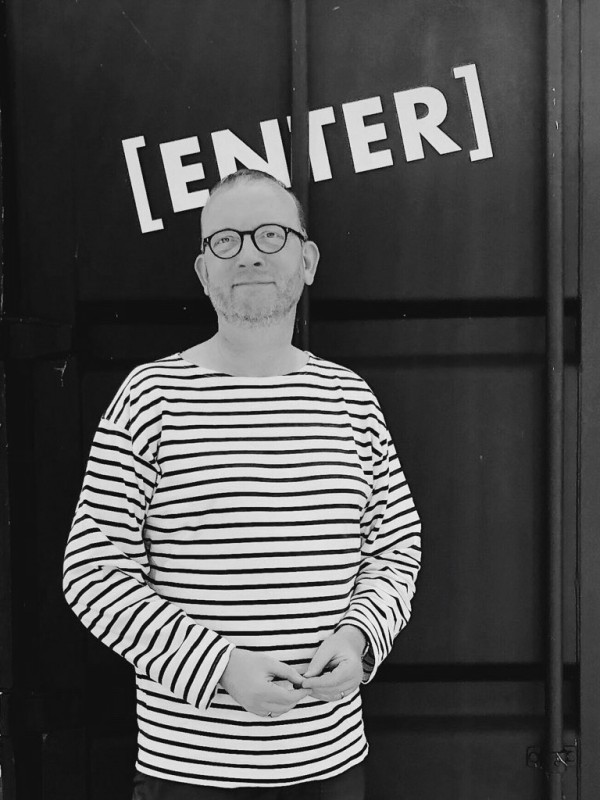Best of Triennial of Photography 2018
Best of Triennial of Photography 2018
Ulrich Rüter
June 8, 2018
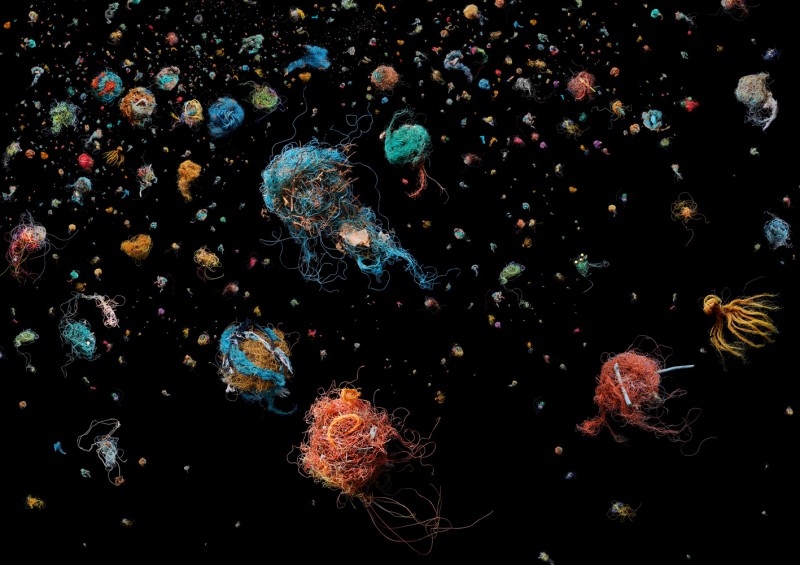
Mandy Barker, SOUP : Bird's Nest © Mandy Barker, Courtesy of East Wing Gallery, Dubai
We spoke with LFI-author Ulrich Rüter, who supports the Triennial’s team as a curatorial adviser, about his experience – as well as some tips on how to get the most out of the festival.
LFI: When looking at TRIMAG, the Triennial’s free magazine that has been distributed all over Hamburg in the past few days, it seems astounding just how many events there are on offer. What are your personal highlights?
Ulrich Rüter: Ideally, of course, you’d set aside several days to drift from one event of the Triennial to another. In terms of strategic planning, it’s a good idea to find out which exhibitions are only available during the opening week, and which can be visited throughout the summer. It might be best to start with the festival center at the city’s Deichtorhallen. There are several container buildings where you can see university presentations, the Photobook Space, as well as the exhibition [enter], curated by Emma Bowkett and Krzysztof Candrowicz. The latter is definitely a good introduction to the Triennial’s overall theme. In the face of the increasingly pressing challenges of our time – from climate change to the refugee crisis, from political upheavals to cyber attacks and the threat of terrorism – the festival poses the question as to whether and how photography can be used as a means of visual commentary. This introductory exhibition includes works by Mandy Barker, Gábor Arion Kudász, Claudius Schulze, Martin Errichiello, Filippo Menichetti, as well as Mathieu Asselin – who will discuss his multi-award-winning series Monsanto: A Photographic Investigation during an Artist Talk on Saturday, 9 June (18.00, Spiegel Publishing). Another highlight is the showcase [control] no control at the city’s Kunsthalle. Curated by Petra Roettig and Stephanie Bunk, it addresses the topic of external control over our everyday lives. The show comprises works by highly acclaimed artists, such as Adam Broomberg & Oliver Chanarin, Sophie Calle, Thomas Demand, Thomas Ruff, as well as Richard Mosse, whose installation Incoming is extremely powerful; he, too, will talk about his work in an Artist Talk on Saturday, 9 June (16.00, Hamburger Kunsthalle).
In addition to these theme-specific showcases, will the festival also feature solo exhibitions?
Yes, three artists will have their first solo shows in Hamburg: Shirana Shahbazi (Kunsthaus Hamburg), Anton Corbijn (Bucerius Kunst Forum), and the Catalan artist Joan Fontcuberta (Barlach Hall K), whose exhibition I’m particularly looking forward to. Curator Alison Nordström has compiled three of Fontcuberta’s series into an extraordinary scenario that questions the history of photography as we know it in a wonderfully ironic manner.
Are there many Leica photographers represented in the Triennial programme?
I’m not sure how many of the great number of contemporary works were created by Leica photographers. But I do know that several of the Triennial’s main exhibitions feature historical images, and these will include some classic Leica photographs. In part, this is due to the specific themes: the exhibition [delete] at the Museum für Kunst und Gewerbe revolves around the process of selection and censorship in photojournalism. Reportages by photographers such as Hanns-Jörg Anders, Günter Hildenhagen and Thomas Hoepker will serve as illustrative examples to explore which images actually make it into print, and what mechanisms are used to make this selection. Other Leica classics can be found in the exhibition [space] at the Haus der Photographie (Deichtorhallen). This showcase – Street.Life.Photography. – offers a fascinating overview of seventy years of street photography. Curator Sabine Schnakenberg chose 320 images by 52 photographers – doubtlessly making this one of the Triennial’s most comprehensive presentations. In addition to the genre’s leading masters, such as Lisette Model, Hein Gorny, Diane Arbus, Harry Callahan, Robert Frank, Lee Friedlander, William Klein, Joel Meyerowitz or Martin Parr, the show also includes works by young contemporary artists, including Maciej Dakowicz, Mohamed Bourouissa, Ahn Jun, Loredana Nemes, Doug Rickard and Harri Pälviranta, to name but a few.
What can you tell us about the Off-Triennial?
For the first time, the festival’s main exhibitions are not only complemented by various gallery and satellite presentations, but also by an additional curated programme that specifically focuses on the overall Breaking Point theme. In this context, visitors are able to discover truly surprising venues along with some very unusual artists and series. The locations range from the familiar gallery setting to a laboratory, a barge and a historical factory building – allowing even those who live in Hamburg to see their city with new eyes. Showcasing a very broad spectrum of artistic positions is what forms the core of the Triennial of Photography, and I’m convinced that the audience will pick up on the festival’s unique energy. Even the weather seems to be on our side, so we can look forward to some amazing festival weeks.
Thank you so much for this initial introduction.
Further details can be found in the free TRIMAG magazine, as well as the accompanying Triennial book (titled Breaking Point), and on the festival homepage.
Ulrich Rüter+-
The art and photography historian works in Hamburg as a freelance curator, lecturer and author. Since 2010 he also works as an author for LFI magazine. As a curatorial consultant he supports the team of the Triennial of Photography 2018 in Hamburg. More

Mandy Barker, SOUP : Bird's Nest © Mandy Barker, Courtesy of East Wing Gallery, Dubai
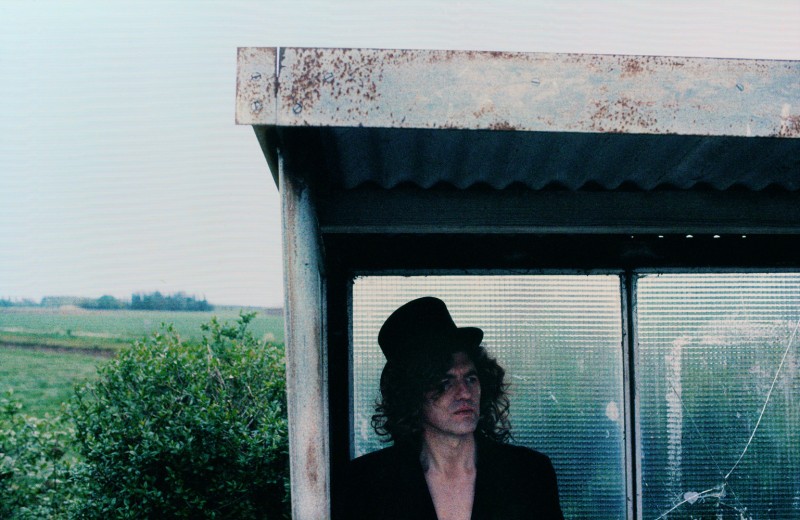
Anton Corbijn, a. bolan 2, strijen, holland‘ 2002, loan of Anton Corbijn © Anton Corbijn
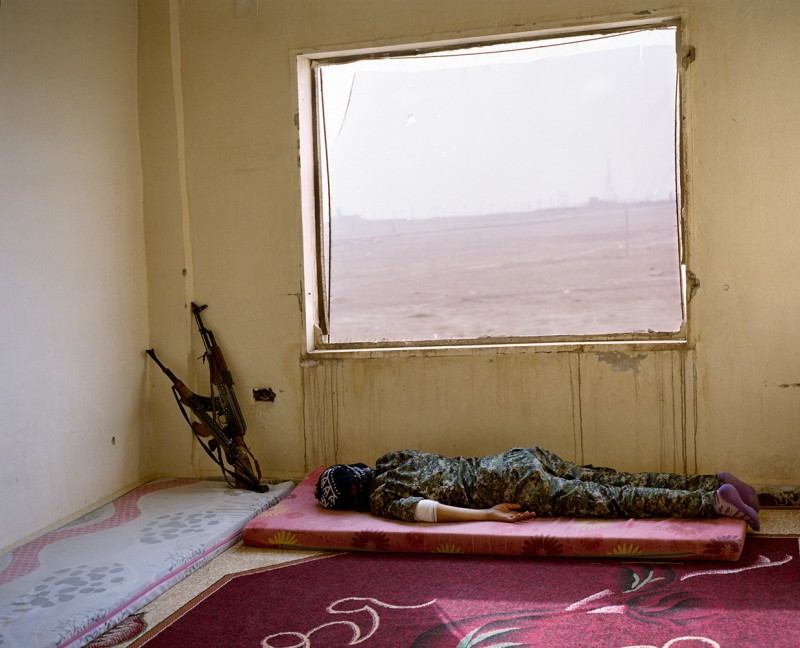
© Sonja Hamad
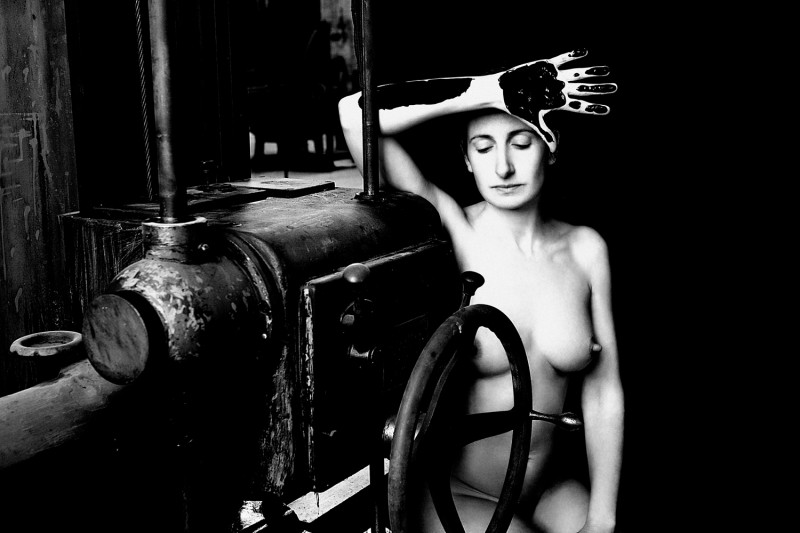
reparatory sketch for Erotique Voilée at Trepat’s factory, 1931 From the exhibition “Photography : Crisis of History ” by © Joan Fontcuberta
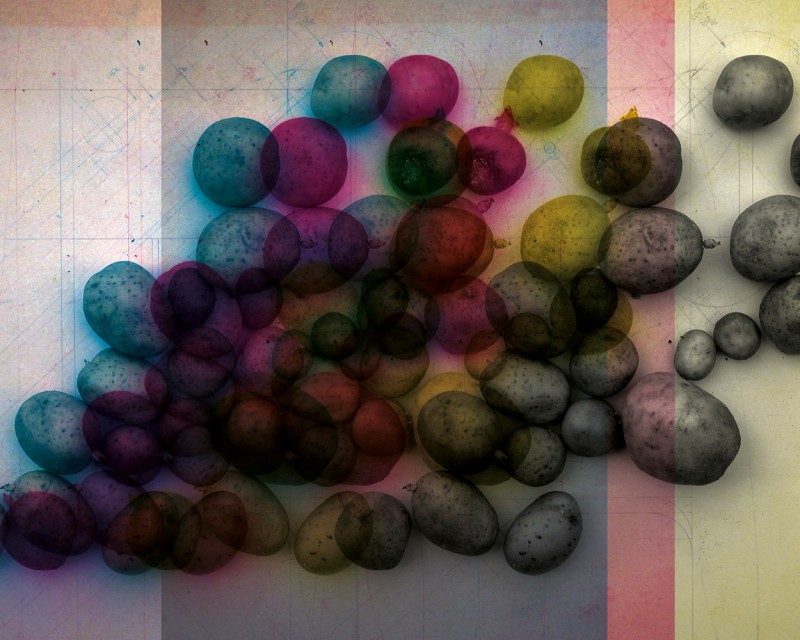
Nadja Bournonville, Potato Diet, from the series: Intercepted, 2017 © Nadja Bournonville
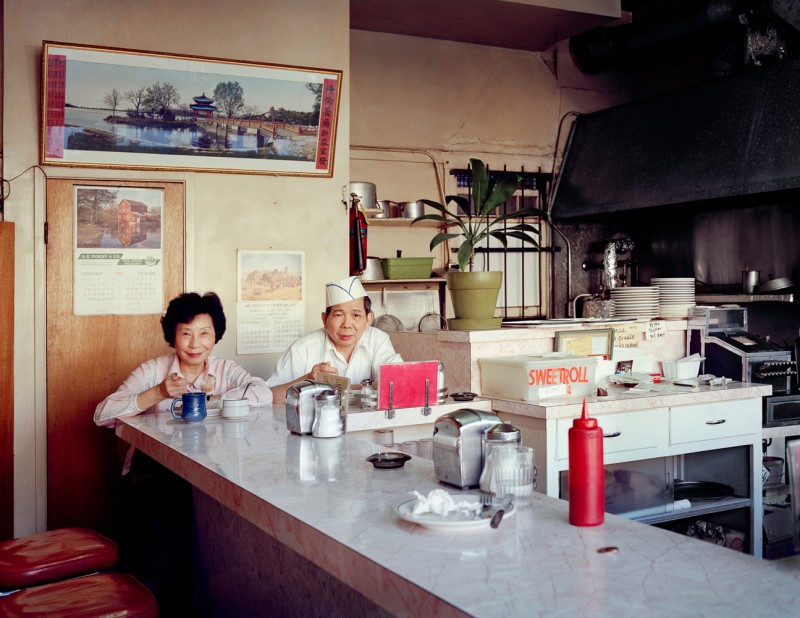
© Janet Delaney, Helen and her husband, Chester at the Helen Cafe, 486 6th street, 1980
